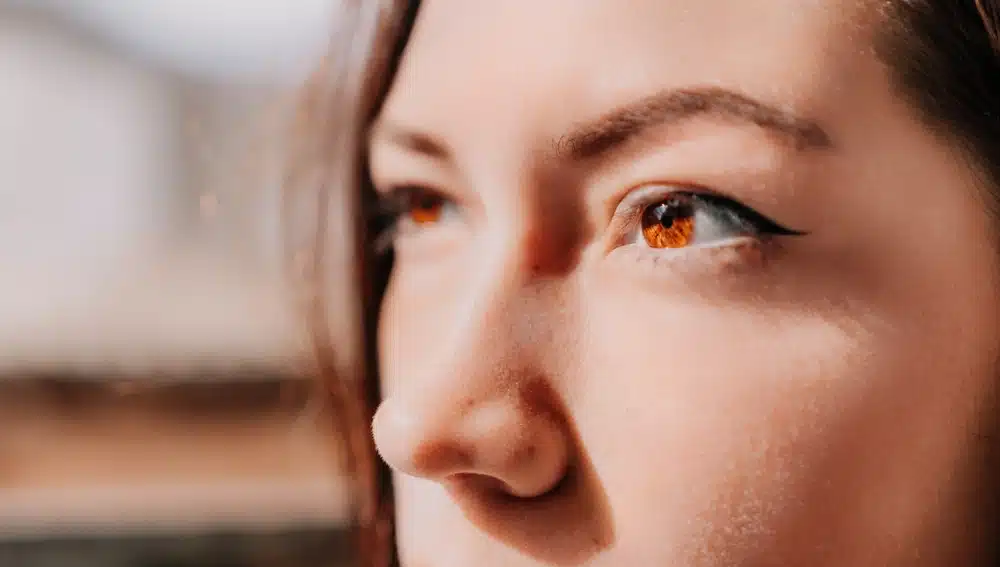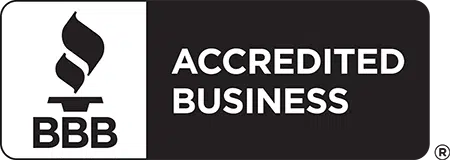Swelling is a typical symptom following a revision rhinoplasty, and proper management is crucial for faster healing. Dr. Andres Bustillo, MD, FACS, shares expert advice on managing post-rhinoplasty swelling effectively.
Knowing the healing stages, correctly applying cold compresses, choosing optimal sleeping positions, and adopting suitable lifestyle habits can reduce pain and lead to better results. Use these key strategies to control swelling and aid your recovery after revision rhinoplasty procedures.

Managing Swelling After Your Nose Job Touch-Up
- Applying cold compresses to the affected area after revision rhinoplasty can help reduce swelling during the first 48 hours.
- Keeping your head elevated, even while sleeping, and using extra pillows, can decrease postoperative swelling after revision rhinoplasty.
- Avoiding strenuous activities for a few weeks post-surgery minimizes the risk of increased post-operative swelling and complications.
- Staying hydrated and maintaining a salt-restricted diet are effective ways to manage post-operative swelling after a revision rhinoplasty.
- Following your surgeon’s post-operative care instructions meticulously is crucial for managing swelling and ensuring the best results.
1. Understanding the Timeline of Swelling After Revision Rhinoplasty
- Immediate Post-Op Period: Immediately after undergoing revision rhinoplasty surgery, swelling is a common natural response of the body’s healing process. The extent of swelling varies, especially for those with multiple previous nasal surgeries. Allotting sufficient time for initial recovery is vital.
- The First Week: What to Expect Post-surgery, swelling typically peaks within the first week before gradually subsiding. You may notice a faster reduction in swelling compared to primary rhinoplasty, thanks to advanced surgical procedure techniques. Proper rest and adherence to post-revision rhinoplasty care guidelines are crucial in this phase.
- Long-Term Healing: Months 1-6 Over the first six months post-revision rhinoplasty, the swelling will continue to gradually subside. Complete healing extends beyond one year and depends on various factors, including surgery specifics and individual healing rates. Patience is key during this phase, as the revision rhinoplasty recovery timeline may differ from a primary rhinoplasty experience.
Keep in mind that the recovery process and swelling resolution can vary after previous rhinoplasties and revision rhinoplasty surgery. Healing is an individual journey that demands time and patience.
2. Implementing Cold Compresses Correctly

How Often and How Long?
To manage post-surgery excessive swelling, use cold compresses for 20 minutes at a time, followed by a break of at least 40 minutes. This schedule helps the recovery process without causing skin damage due to excessive cold.
Avoiding Common Mistakes
- For skin protection, always place a cloth between the ice packs and the skin.
- During the inflammatory phase use cold compresses frequently during the first few days after surgery to help reduce inflammation and aid the recovery process.
Questions about your procedure?
Schedule a consultation with Dr. Andres Bustillo.
3. Sleeping and Resting Positions to Reduce Swelling
Elevating the Head: Why It Matters
Raising the head after a revision rhinoplasty is important as it aids in reduction of swelling and speeds up the healing process. By keeping the head higher than the heart, blood flow to the nasal bones is decreased, which helps to limit fluid buildup around the area of the surgery.
Best Sleeping Positions for Recovery
- Lie on your back to minimize pressure on the nasal function.
- Elevate the head above the heart to reduce swelling.
- Use a recliner or several pillows for proper support and comfort.
- Ensure the nose has sufficient support to aid in the healing process, while gently taking care of any scar tissue.
4. Salt Intake and Fluid Retention

- Foods to Avoid: Limit high-sodium foods to decrease swelling and inflammation, protecting tissues from excess water retention.
- Hydrating for Better Healing: Increase plenty of water intake post-surgery to assist with sodium removal, benefiting tissues and soft tissue integrity during recovery. This not only aids the appearance of swelling but also promotes an effective inflammatory response.
5. Gentle Exercise to Promote Circulation
Recommended Types of Exercise
- Walking: Aids in blood circulation and may help reduce recovery time.
- Gentle Yoga: Increases blood flow without causing overexertion.
Exercises to Avoid
- Heavy lifting and intense cardiovascular workouts should be avoided, as strenuous activity may increase blood pressure or cause excess strain.
- Focus on light, less demanding physical activities rather than strenuous ones during early recuperation, as recommended by aftercare instructions
6. Medications and Supplements That Help with Swelling

Safe Over-the-Counter Options
For managing discomfort and swelling after surgery, the following drugs are commonly used:
- Ibuprofen: Helps reduce inflammation and manage pain.
- Acetaminophen: Effective for pain relief and fever reduction.
It is crucial to follow the directions for use and consult with your surgeon to ensure these medications are suitable for your revision rhinoplasty recovery.
Herbal Supplements and Their Effectiveness
Some herbal supplements that may assist with swelling during the healing process include:
- Arnica montana: Often used to reduce bruising and swelling.
- Bromelain: Found in pineapples, it can help with reducing inflammation.
Always consult a healthcare provider before taking any supplements, especially during revision rhinoplasty recovery, to avoid interactions with other medications and ensure safety.
7. Importance of Follow-Up Care with Your Surgeon
Scheduling Post-Op Visits
- Regular appointments track recovery progress.
- Allows the surgeon to address any healing complications.
- Essential for ensuring a successful outcome.
When to Report Concerns
Contact your revision rhinoplasty surgeon immediately if you notice:
- Unusual swelling or pain.
- Signs that may indicate an infection.
Early reporting of these concerns is crucial for timely and effective medical guidance.
8. The Role of Lymphatic Massage in Reducing Swelling
Finding a Qualified Practitioner
For revision rhinoplasty patients seeking lymphatic massage:
- Locate a massage therapist with expertise in post-surgical lymphatic drainage.
- Ensure the therapist’s techniques focus on minimizing facial swelling.
How Often and How Soon After Surgery
Lymphatic massage for revision rhinoplasty patients:
- Start sessions as recommended by the surgeon, typically a few days post-operation.
- Adjust treatment frequency based on individual healing rates.
- Maintain regular sessions to aid the recovery process by reducing swelling.
9. Managing Expectations and Emotional Well-being
Setting Realistic Recovery Goals
After a revision rhinoplasty, it’s important to have achievable recovery goals. These goals give patients milestones to aim for, helping them measure progress during healing. A clear understanding of revision rhinoplasty outcomes is essential, leading to realistic expectations about the results.
Seeking Support from Others
It’s essential to consider the emotional side of recovery. Support from friends, family, or individuals with experience after revision rhinoplasty can be incredibly comforting. Getting advice about revision rhinoplasty from reliable sources, including healthcare professionals, helps create a network that supports emotional health after the procedure.
Managing Swelling After Revision Rhinoplasty
For those recovering from a revision rhinoplasty, effectively managing swelling is vital. Follow the guidance of your healthcare provider and adhere to the following post-operative care measures.
Following your doctor’s instructions contributes to a smoother and more comfortable healing process, reducing revision rhinoplasty swelling.
If you need help with swelling after a second nose job, think about setting up a meeting with Dr. Andres Bustillo, MD, FACS. Dr. Bustillo is a skilled plastic surgeon in Miami, FL, with more than 20 years of experience. He focuses on facial surgery and is known for his natural results and clear explanations of how he does the surgeries.
He’s respected in Miami as one of the top surgeons for the face. You can be confident in getting care from someone so committed and skilled. To get this expert help, please schedule a consultation with Dr. Bustillo.

